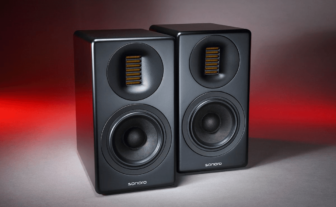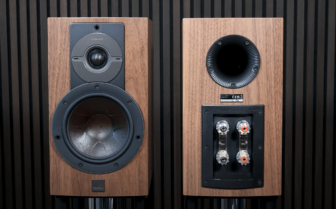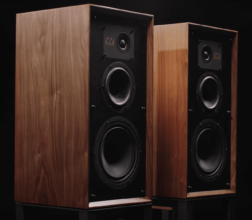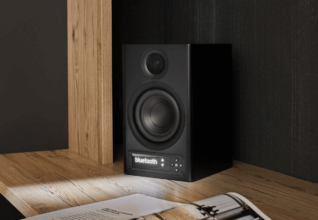SVS Ultra Evolution Bookshelf Review
US speaker manufacturer SVS was one of the big winners at this year’s EISA (Expert Imaging and Sound Association) awards, where components are recognized by a select group of specialized journalists. This is definitely the moment to take a closer look at their product.
by Holger Barske
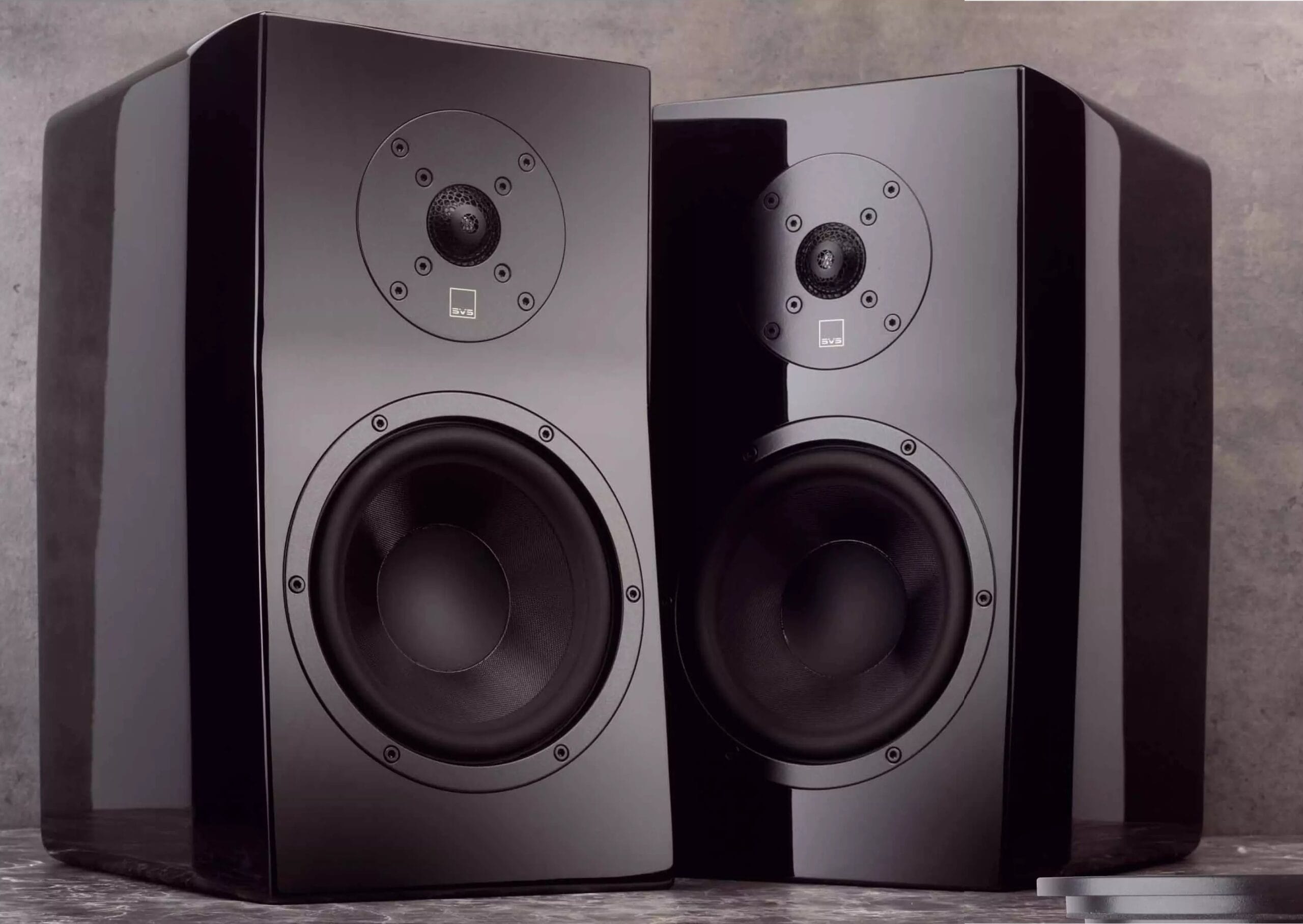
Background
The introduction on the SVS website roughly says: “SVS burst onto the audio scene with the intention of challenging the status quo of overpriced and underperforming ‘High End’ subwoofers and speakers, and to deliver convincing and captivating sound to more people than ever before.”
Big words, no question about it. However, in fairness, it must be said that the company led by CEO Gary Yacoubian has at least kept its word regarding subwoofers, and has done so for years: SVS subwoofers are considered the first choice when you want plenty of bass for a modest price.
The engagement of the Youngstown, Ohio-based manufacturer in the area of full-range speakers is still relatively new, but at the latest with the appearance of the top “Ultra Evolution” series, it’s something that deserves attention. You can even get floorstanders with plenty of cone surface (four eight-inch woofers per side) for a moderate approx. $ per pair in a superb high-gloss finish — you don’t see that every day.
System Components
Turntable: Transrotor Alto TMD / TRA 9
Cartridges:
• Rega Nd3 / Nd7
• Hana Umami Red
Step-up transformer: Silvercore
Phono preamps: Unison Simply Phono
Integrated amplifiers:
• Soulnote A-3
Competitors Speakers: Epos ES-14N
Compact Models
But at this point, we’re resisting the temptation of the big boxes and focusing on the largest of the three bookshelf models in the series, aptly named “Bookshelf4.” It’s a classic two-way compact speaker with a 6.5-inch mid/bass driver and a one-inch dome tweeter. That might not sound like the most innovative concept in the world, but as always in life, it’s all about what you make of it. And here’s the rub: The small SVS is an excellent speaker, and it’s not immediately obvious how good it is — all at a very pleasing unit price of around $. Of course, that only works with manufacturing in the Far East, but the engineering is done entirely in the USA. SVS leaves nothing to chance and even develops the drivers themselves.
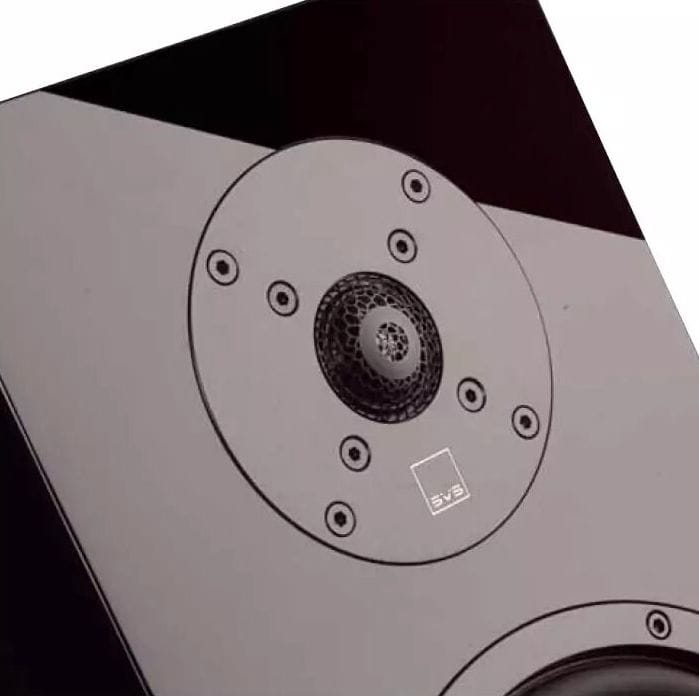
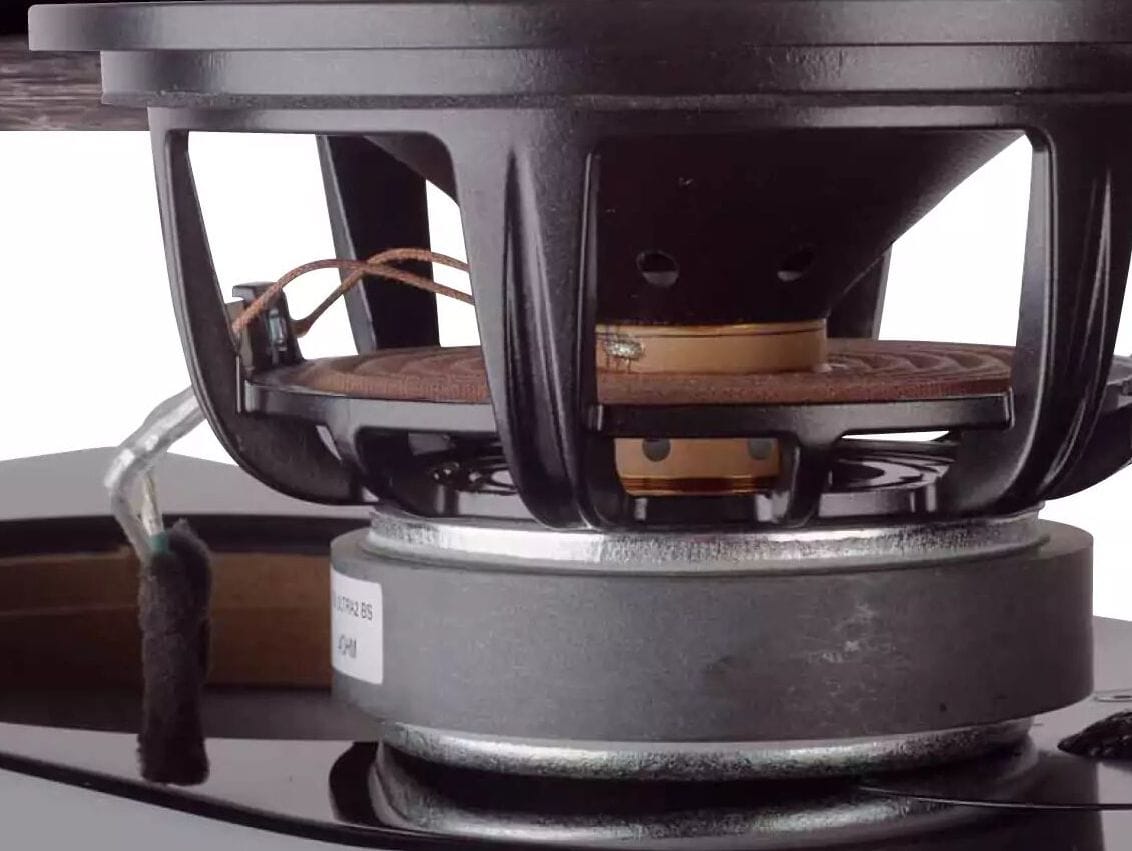
Music Played
Willy De Ville: Unplugged In Berlin
Linkin Park: From Zero
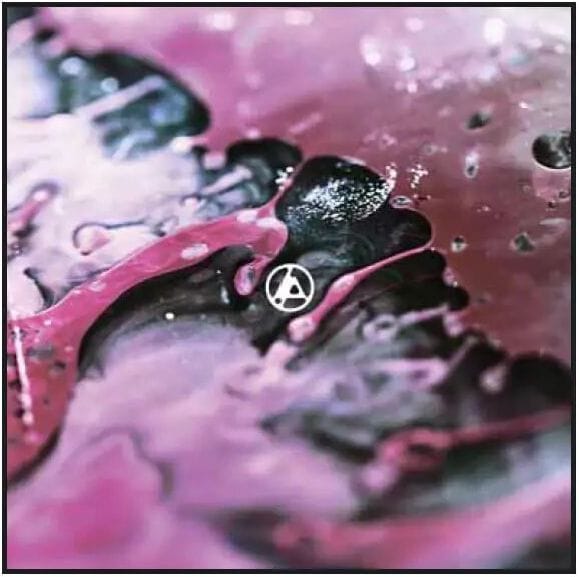
The Smashing Pumpkins: Aghori Mhori Mei
John Coltrane: A Love Supreme
External Details
In reference to the other models, the drivers don’t sit in a simple rectangular box but in a cabinet with a “bend”: This creates a slight inward angle for both drivers at typical listening distance, which certainly doesn’t hurt. The side panels are slightly beveled at the front edge, which is also good for dispersion. These not-quite-trivial cabinets are available in black or white high-gloss lacquer, and traditionalists can choose a black lacquered surface. All versions cost the same and the workmanship is absolutely flawless.
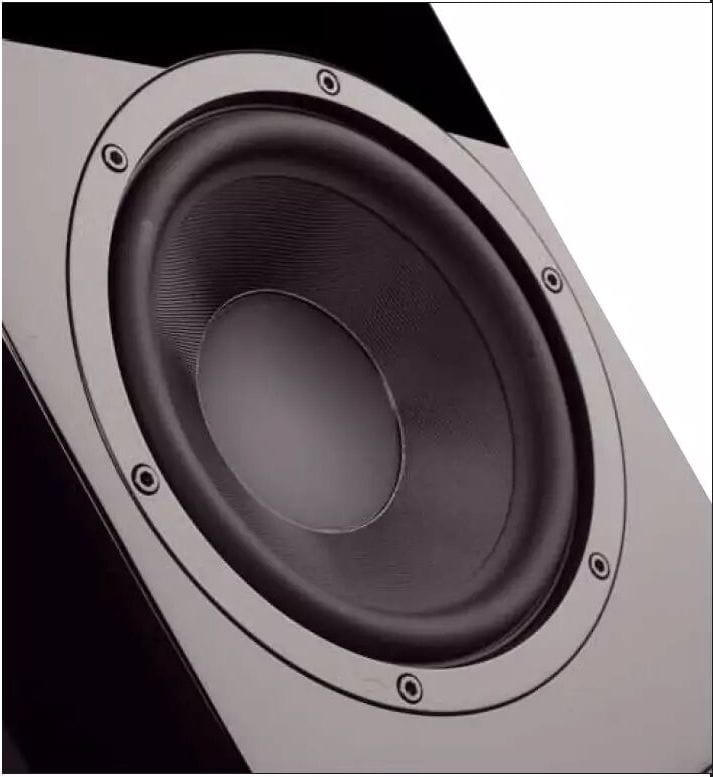
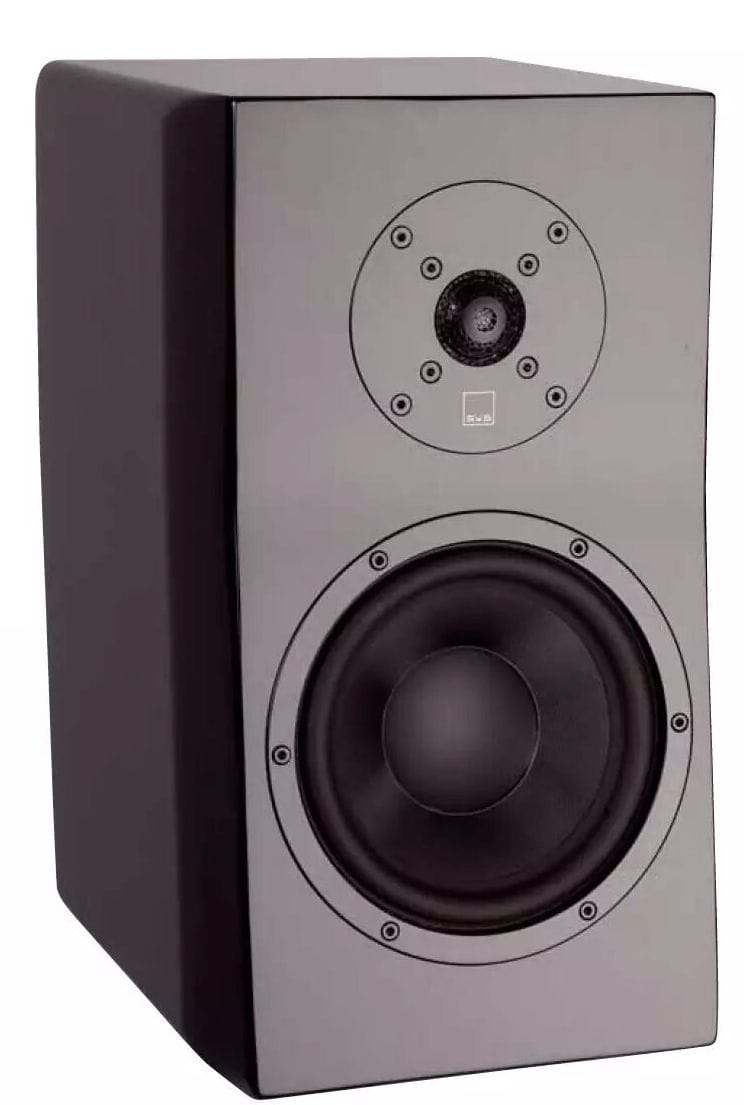
Drivers
The mid/bass driver uses a relatively lightweight fiberglass composite cone with very good stiffness. Under the inverted dust cap is a rather small one-inch voice coil that helps keep the weight down. Although its load capacity has limits, in practice those limits are surprisingly high, as we’ll see — and there are openings in the voice coil former for ventilation. The magnet system is a rather unspectacular ferrite model, and the whole thing sits in a modern aluminum die-cast basket. Solid tech, not wizardry.
The same applies to the tweeter. Here, a coated aluminum dome handles the high frequencies. The specified “diamond carbon coating” is new to me; the material combination certainly sounds interesting. A ring-shaped diffuser is placed in the center within the protective wire mesh, improving the dispersion behavior. On the back of the magnet system is a small additional coupling volume that extends the driver’s capability at lower frequencies.

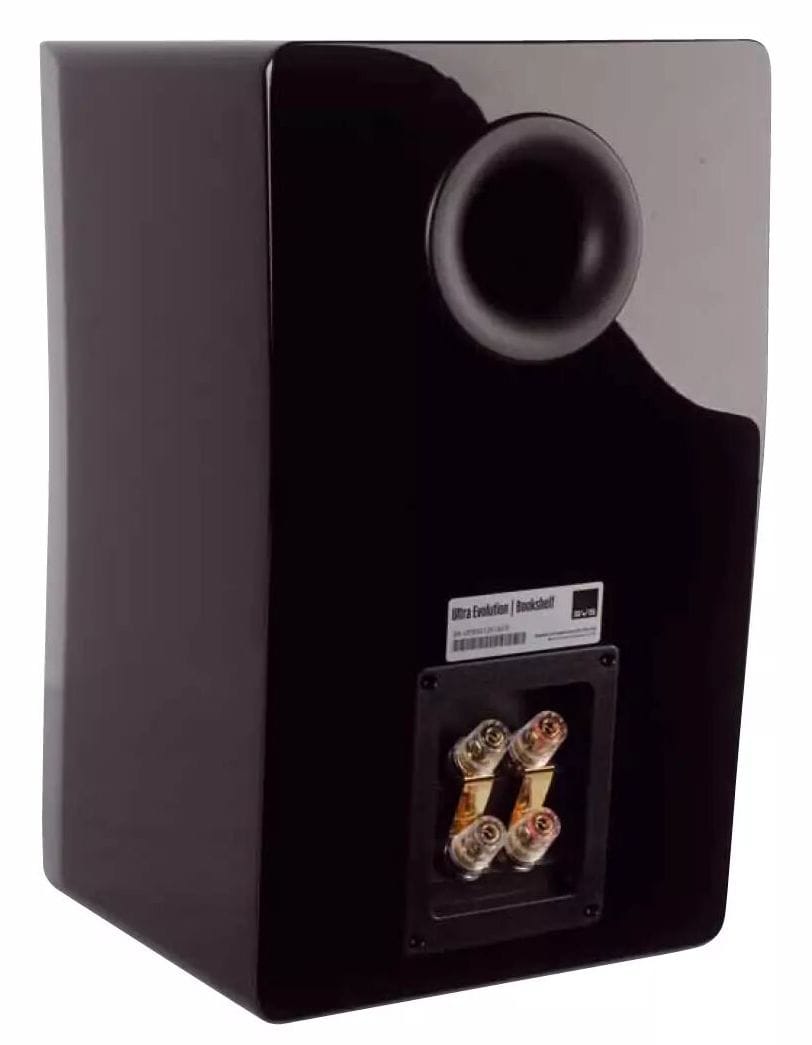
Measurement
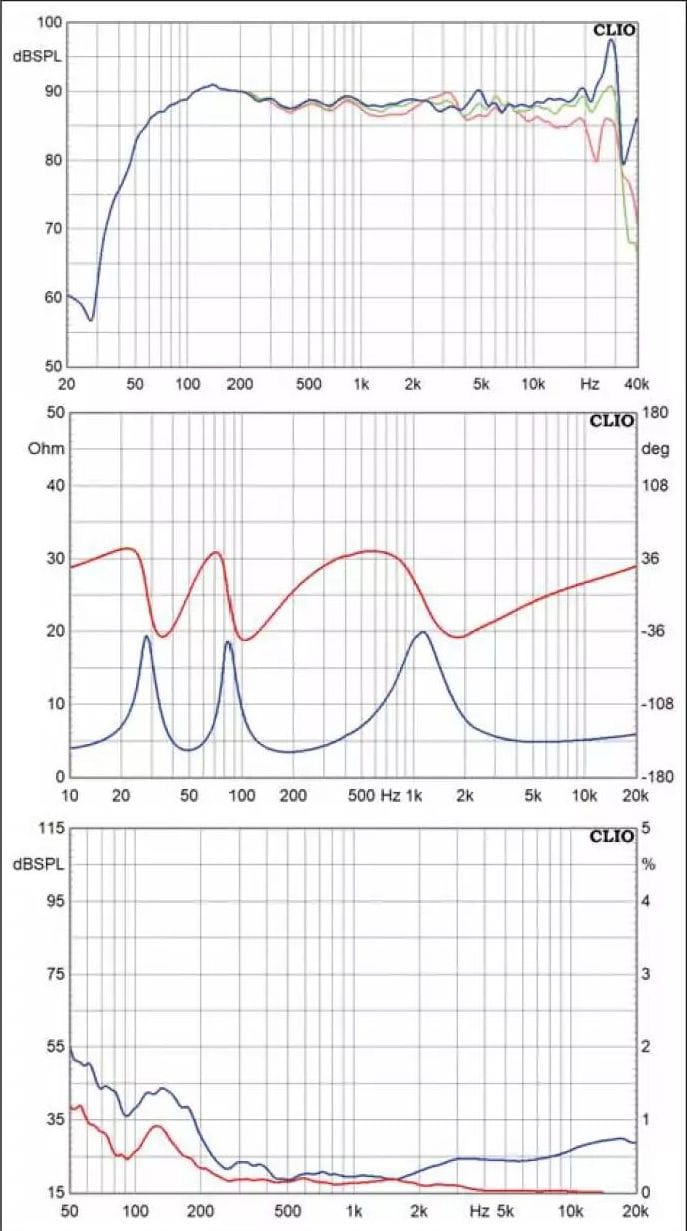
Professionals were clearly at work here, no doubt about that. The frequency response shows exemplary linearity with just a minimal bump at around 100 hertz — that’s perfectly acceptable for a compact speaker, as it suggests fullness. The tweeter resonates a bit at 30 kilohertz, which is meaningless in practice. The dispersion behavior looks excellent and remains very consistent across the entire frequency range. The sensitivity is about 88 decibels, which is outstandingly good for a speaker of this size. The impedance curve shows a fair amount of ups and downs, so it doesn’t seem ideally suited for tube operation. On average, it’s probably around six ohms. The distortion is very low even at a robust 94 decibels sound pressure level, and the waterfall spectrum is completely inconspicuous. Mature performance!
And Otherwise
SVS also doesn’t skimp on the cabinet. The sturdy MDF enclosure features up to 25 mm wall thickness, with braces for additional stability. The crossover is built with good components and splits the signal at 1.8 kilohertz. The bass gets its usual support from a rear-firing bass reflex port. The concept was developed using state-of-the-art finite element simulation tools, and the resulting lack of resonance is unmistakable.
What you won’t find: A matching pair of speaker stands. But the accessory market can definitely help with that.
Sound Quality
The SVS spent its first rounds hooked up to the excellent Exposure 3510 integrated amplifier. The strong nature of the British device proved spot-on for the American bookshelf, which does appreciate a bit of power and energy from the amplifier.
On the turntable is the Willy De Ville concert “Unplugged In Berlin,” masterfully recorded by Werner Meyer in 2011. Distinctive characteristics? None. Tonally, the SVS stays on the pleasantly uncolored side. By the time the first applause happens, it’s clear how convincingly the audience fills the entire space — and our listening room is not small. The more the setup warms up, the more the sound impresses. Willy, the old charmer, displays depth and passion — he was undoubtedly having fun that evening. The piano is dead-center, the voice is slightly off to the left — that’s probably how it looked in 2002 at the Columbiahalle.
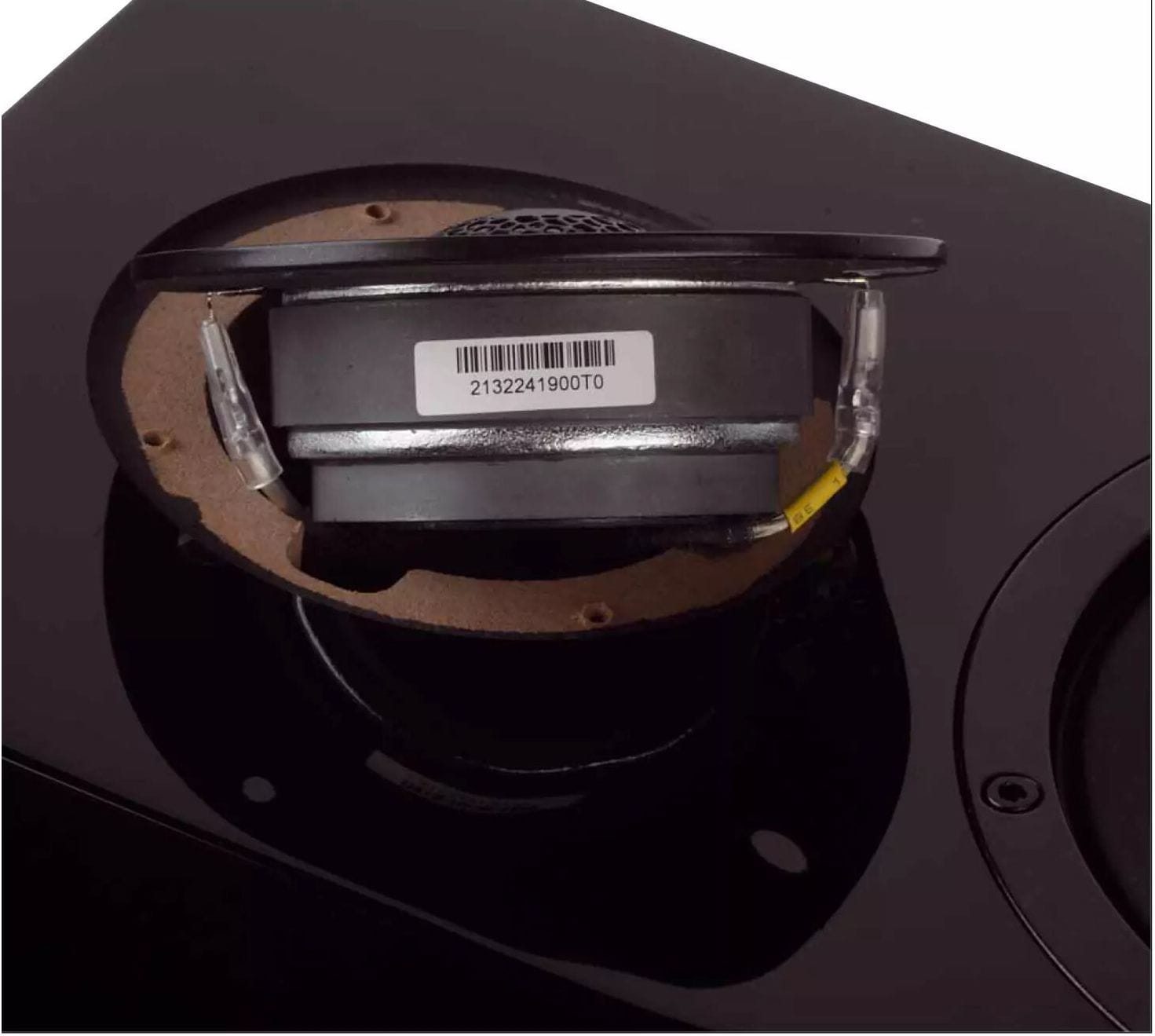
The vibrato in his voice comes across very convincingly, conveying power and authenticity — not bad for a speaker in this class. Atmospherically, this is really good; I find myself drawn deeper into the special mood of that evening. Dynamically, I’m not missing anything, and the not-overly-large woofer is right at home with the drumless performance. I’m listening at a substantial volume and have to play all four sides of the album. Great record — every time.
After the last notes, I need a moment to come back to reality. As a contrast, I turn to one of this autumn’s surprises: the comeback album by the ‘90s metal icons “Linkin Park.” The priorities here are entirely different from the intimacy of the Willy De Ville concert, and the album is also no production marvel. But: it works with the SVS. It kicks solidly, the stage is wide, and the vocals — both from new singer Emily Armstrong and from veteran Mike Shinoda — have the necessary drive. And yeah, you can really crank it with this stuff. However, its real strengths clearly lie in its refined manner, its neutrality, the seamless transition between both drivers, and its admirable transparency. At this price, it’s an absolute hit!
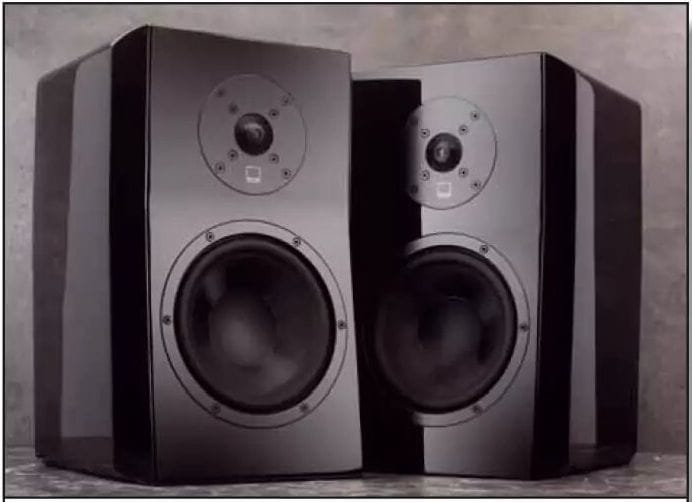
Specs
| Warranty | 2 years |
| W x H x D | 220 x 378 x 286 mm |
| Weight | approx. 8.6 kg |
Verdict
Despite its home theater genes, the SVS bookshelf speaker surprises with excellent neutrality, a level of refinement and feeling well above its price class, and a design that’s anything but a brute. It’s a refined compact speaker with superb manners and outstanding workmanship.
When you purchase through links on our site, I may earn an affiliate commission. Here’s how it works.










